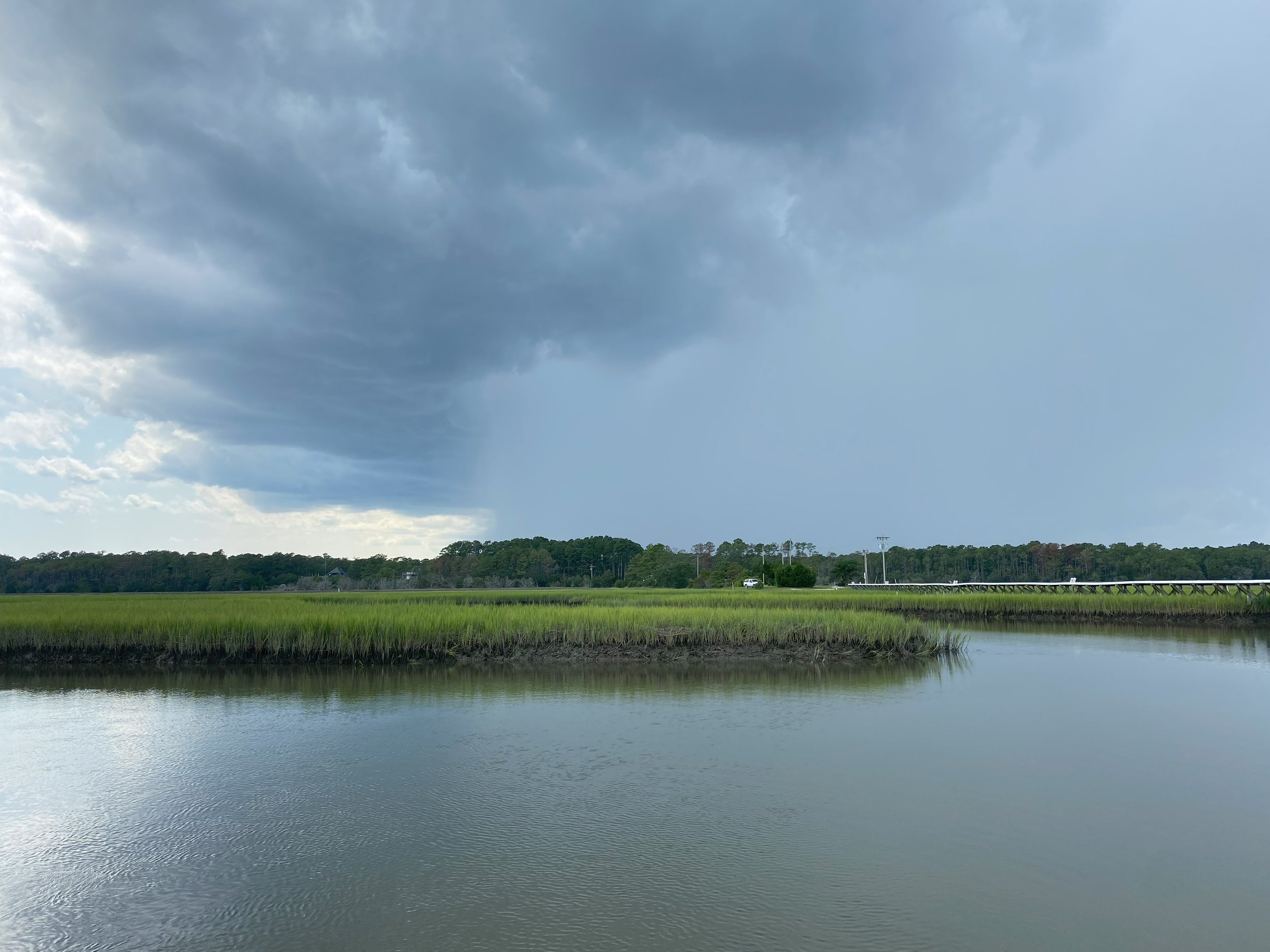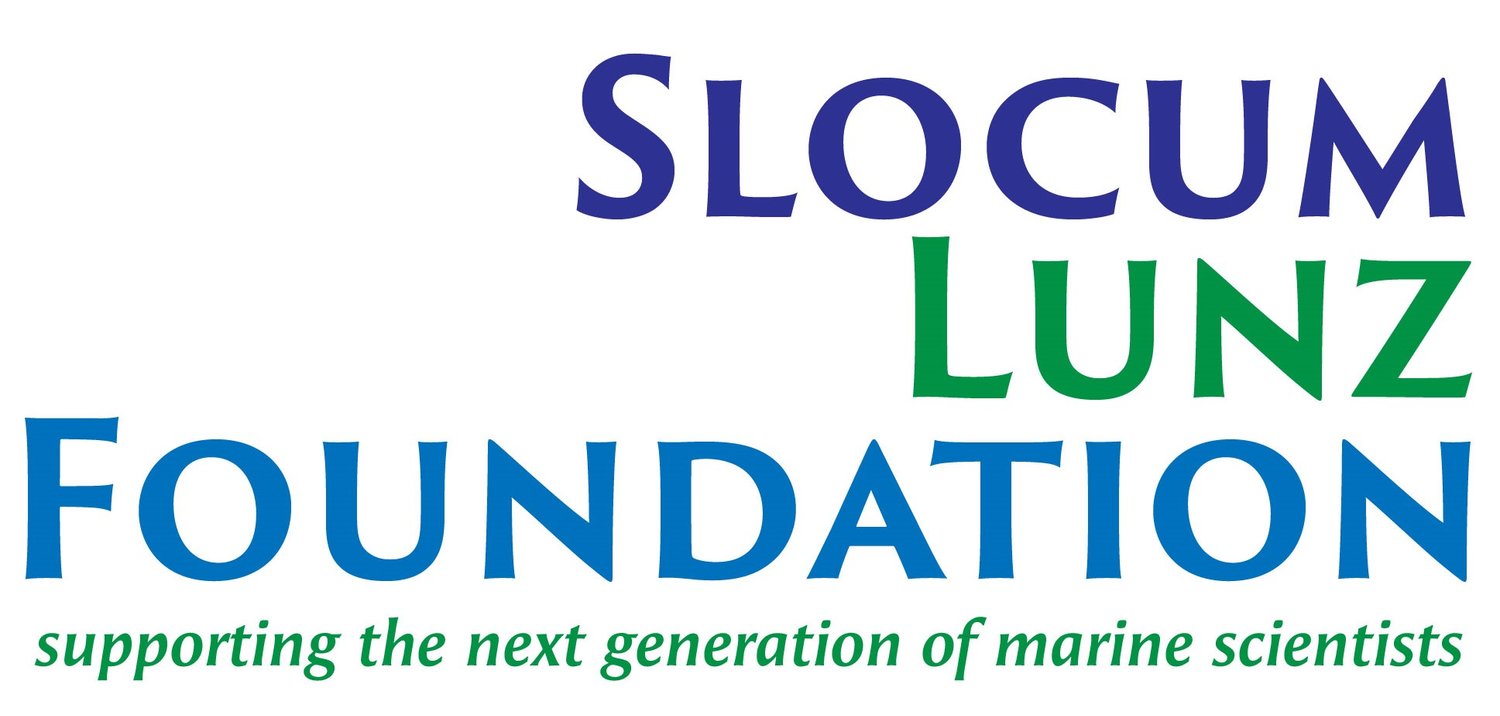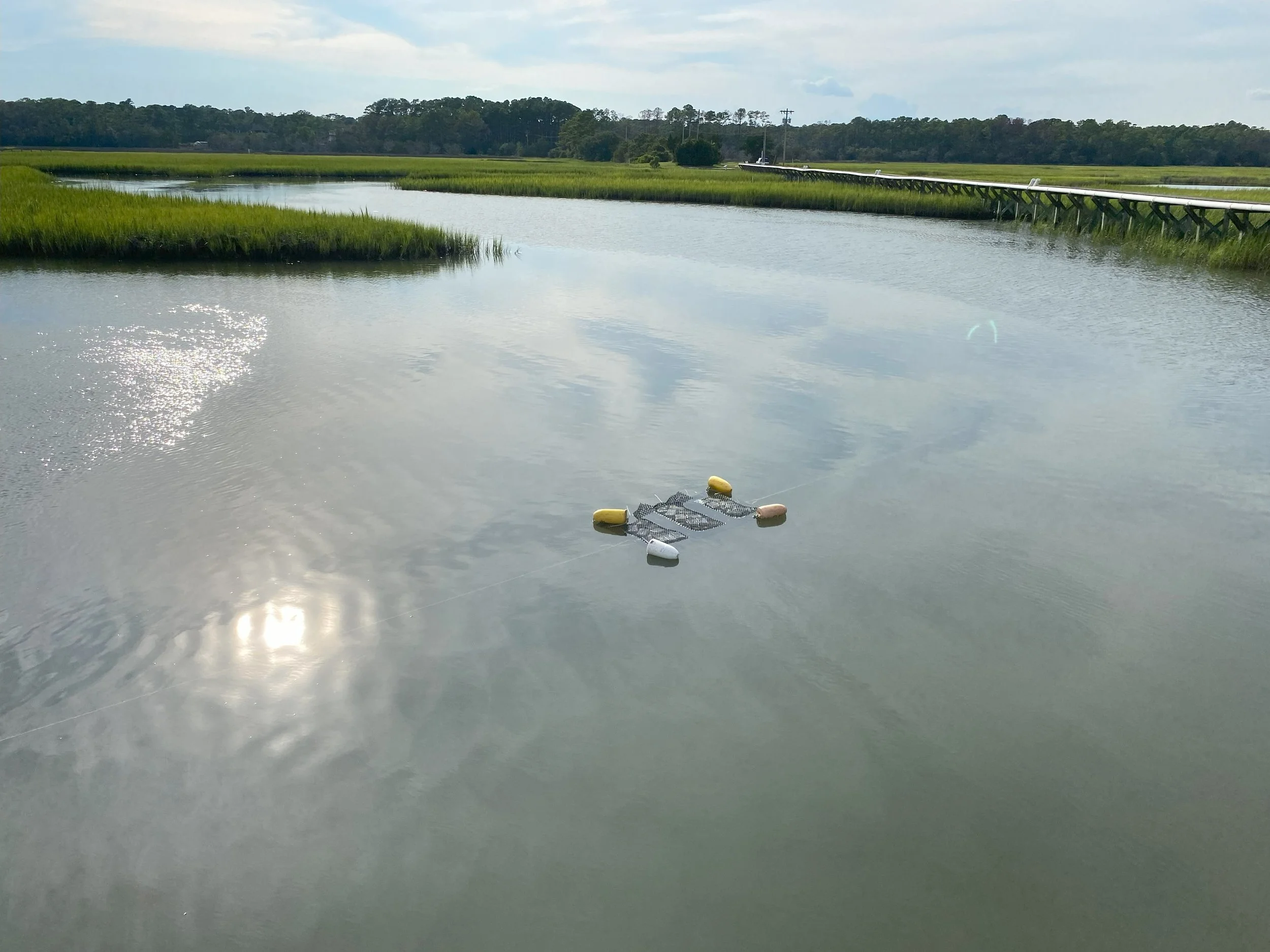
Alexander Barth
Department of Biological Sciences
University of South Carolina
North Inlet Estuary, South Carolina
Image courtesy of A. Barth
Alex’s Story
Alex is a Ph.D. Candidate at the University of South Carolina working in Dr. Josh Stone's Zooplankton Ecology Lab. His research centers on better describing plankton communities, in particular the fine-scale spatial and temporal variation which can be extremely important for determining plankton interactions and aquatic food webs.
To study plankton, he utilizes a variety of classic and novel sampling tools. Much of his work focuses on the application of imaging tools to better measure plankton populations and traits. With these new tools, he is extremely interested in ways new statistical methods can better describe high-frequency plankton measurements.
Alex’s Research
Images courtesy of A. Barth.
Plankton are a fundamental component of estuarine ecosystems and can be particularly sensitive to environmental perturbations. Any changes in phytoplankton community structure can greatly influence the ecosystem function and trophic transfer in estuarine systems. While previous studies have shown that severe storm events can have significant impacts on plankton communities, chlorophyll-a measurements alone cannot inform shifts in community assemblage.
To investigate shifts in whole-plankton community assemblage following intense rainfall events, Alex conducted a combined observational-experimental study in North Inlet estuary, South Carolina, USA. Phytoplankton, micro- and mesozooplankton community assemblages were measured at regular, high-frequency intervals prior to, during, and after intense rainfall events to characterize shifts in overall abundance and community composition. Water run-off addition experiments were carried out with natural phytoplankton cultures to complement the observational study. This experimental approach investigated the separate influences of run-off water and salinity reduction on phytoplankton abundance and community structure. To study community composition of phytoplankton and zooplankton, modern plankton imaging systems were utilized. This facilitated the collection of high-taxonomical resolution data as well as metrics related to plankton morphology. This study presents novel insights into estuarine system resilience, utilizing novel sampling approaches to better describe the plankton community structure.




